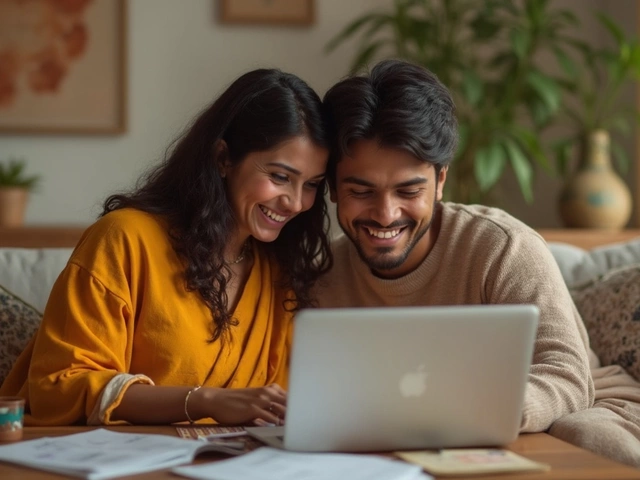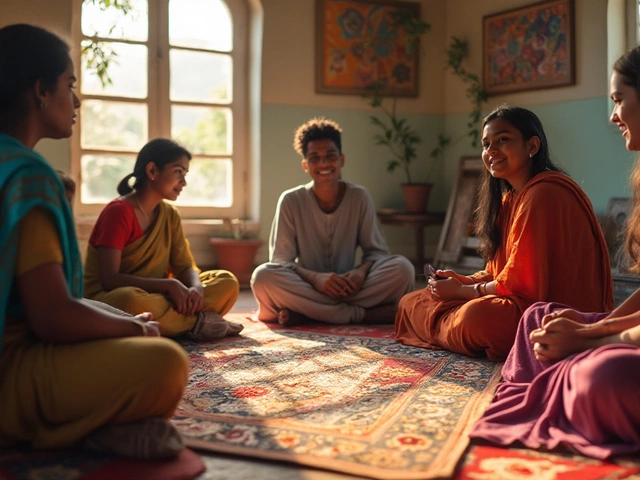Safe States for Children – Simple Tips to Keep Kids Free from Toxic Risks
If you have a child at home, you probably wonder how safe your surroundings really are. The truth is, many everyday items—especially medicines—can turn dangerous for a curious kid. The good news? You can fix most of these risks with a few easy habits. Below are straightforward steps you can start using today to create a safer space for your little ones.
Know the Common Household Hazards
First, walk through each room and spot anything that could be poisonous if swallowed. Over‑the‑counter painkillers, cough syrups, and even some herbal supplements often sit on kitchen counters within reach. In Indian homes, it’s not unusual to find Ayurvedic oils or traditional remedies mixed with regular meds. Store all such products in a high cabinet or a locked drawer, and keep the original containers—labels are crucial for quick identification.
Next, check cleaning supplies. Bleach, floor cleaners, and insect sprays may look harmless, but a splash can cause serious burns or breathing problems. Use child‑proof caps and keep them away from the sink where kids love to play. If you have a garden, remember that certain plants, like oleander or yew, are toxic if chewed. Replace them with non‑poisonous varieties or fence the area.
Smart Choices When It Comes to Medicines
When you or a family member needs medication, treat the prescription as a potential hazard for kids. Never leave pills on a nightstand or in a bathroom cabinet. Use a pill organizer with a lock, or store them in a separate room entirely. If a child has to take medicine, explain the purpose in simple terms (“this helps you feel better”) and supervise every dose.
Beware of “natural” labels. Some herbal supplements marketed as safe for adults contain high levels of heavy metals or undisclosed chemicals that can affect a child's developing body. Look for products that have been tested by reputable labs—USP or ISO certification is a good sign. When in doubt, ask your doctor or pharmacist before giving any supplement to a child.
Another common slip is using adult painkillers for kids. Dosage is usually based on weight, not age, so a teen’s bottle might be too strong for a younger sibling. Keep separate containers for adult and pediatric meds, and always double‑check the label before handing anything to a child.
Beyond medicines, food safety matters too. Some diabetic patients take metformin, and certain fruits can affect blood sugar levels. If your child has a health condition, talk to a nutritionist about safe snack options and avoid confusing similar‑looking foods that might cause accidental overdose.
Finally, teach kids what not to touch. A short, age‑appropriate talk about “dangerous things” can go a long way. Use everyday moments—like washing hands before meals—to remind them that some items are only for adults. Encourage them to ask if they’re unsure, and praise them for following the rules.
Creating a safe state for children isn’t about turning your home into a sterile lab. It’s about being aware, storing dangerous items properly, and fostering a habit of caution in your kids. By taking these simple steps, you reduce the chances of accidental poisoning and give your child a healthier environment to grow up in.

Best State for Families in America: Where Kids and Parents Thrive
Curious which U.S. state tops the list for families? Get the inside scoop with stats, local facts, and real-life tips on raising kids in America's best and safest places.




